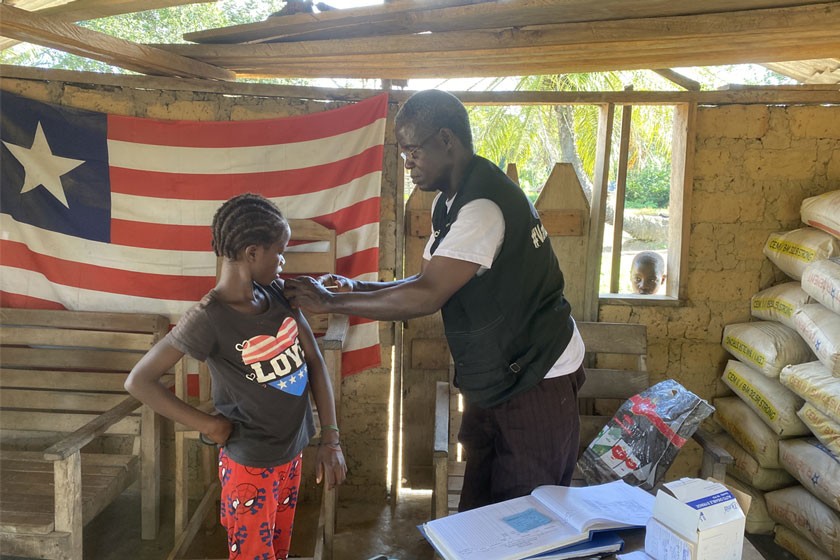A new coronavirus has just been discovered. Should we be worried?
A new coronavirus has been identified in bats in China. Although the virus has the potential to infect humans, no real-world cases have been identified.
- 25 February 2025
- 3 min read
- by Linda Geddes

A new coronavirus has been identified in bats that uses the same receptors to enter human cells as the SARS-CoV-2 virus, which causes COVID-19.
The discovery raises the possibility that this virus could someday infect humans, however it does not enter human cells as readily as SARS-CoV-2 does. There have been no documented human infections so far.
Recent outbreaks of severe acute respiratory syndrome (SARS), Middle East respiratory syndrome (MERS) and COVID-19 are all thought to have originated from the spillover of animal viruses to humans. Bats are considered natural reservoirs of all three coronaviruses, as well as potentially others that haven’t yet been identified.
Bat coronavirus
To investigate the potential risk to humans posed by such viruses, Dr Jing Chen at the Wuhan Institute of Virology in China and colleagues sequenced genetic material collected more than ten years ago from Pipistrellus bats in China to identify any viruses carried by these animals.
They discovered a new coronavirus – which they’ve named HKU5-CoV-2 – that’s related to both the virus that causes MERS, and another coronavirus called HKU5-CoV-1 that was first detected in Asian bats in 2006.
Further experiments revealed that HKU5-CoV-2 can infect and replicate inside human cells from both the gut and airways. It also uses the same ACE2 receptor that SARS-CoV-2 uses to gain entry to cells.
Have you read?
The researchers believe that this virus may be better adapted to human ACE2 than HKU5-CoV-1, showing structural similarities to the part of SARS-CoV-2 that it uses to bind to this protein.
This could indicate that HKU5-CoV-2 may have a broader range of animal hosts and a higher potential for jumping between species. “Our results underscore the importance of enhanced surveillance and further research on HKU5-CoVs to better understand their zoonotic potential and interspecies transmission dynamics,” Chen and colleagues said.
Drug candidates
However, they cautioned against exaggerating the risks posed by this virus, as it does not enter human cells as readily as SARS-CoV-2 does. They have also identified several monoclonal antibodies and antiviral drugs that target HKU5-CoV-2, highlighting their potential as therapeutic candidates against these kinds of viruses.
“Newly identified viruses in animals, such as HKU5-CoV-2, are a reminder that we must remain alert and keep people informed about potential disease threats without suggesting every new virus could lead to a new human pandemic,”said Professor David Heymann of the London School of Hygiene & Tropical Medicine.
“It is not possible to predict when and where any new virus or mutation of an existing virus will appear, or how harmful it could be to humans, so it’s very important to have strong detection and surveillance systems in place. For example, in the UK this includes surveillance of influenza-like illnesses routinely done by GP practices.
“Linking these ‘early warning’ systems to genetic sequencing and laboratory diagnosis is the best way for governments to be prepared to respond rapidly to any respiratory epidemic, and ensure people are given the best advice about protecting themselves against respiratory infections.
“It is also essential that we have secure laboratories with strong and well-controlled bio security measures in place and education about the risks from live animal markets and pet shops that sell exotic pets.”








